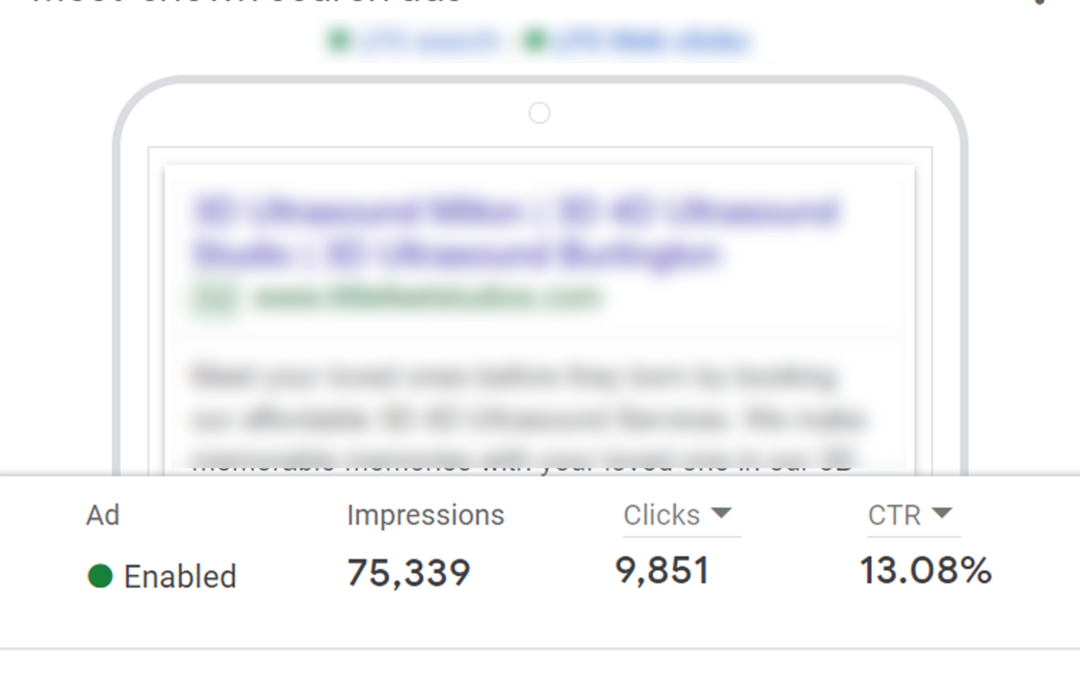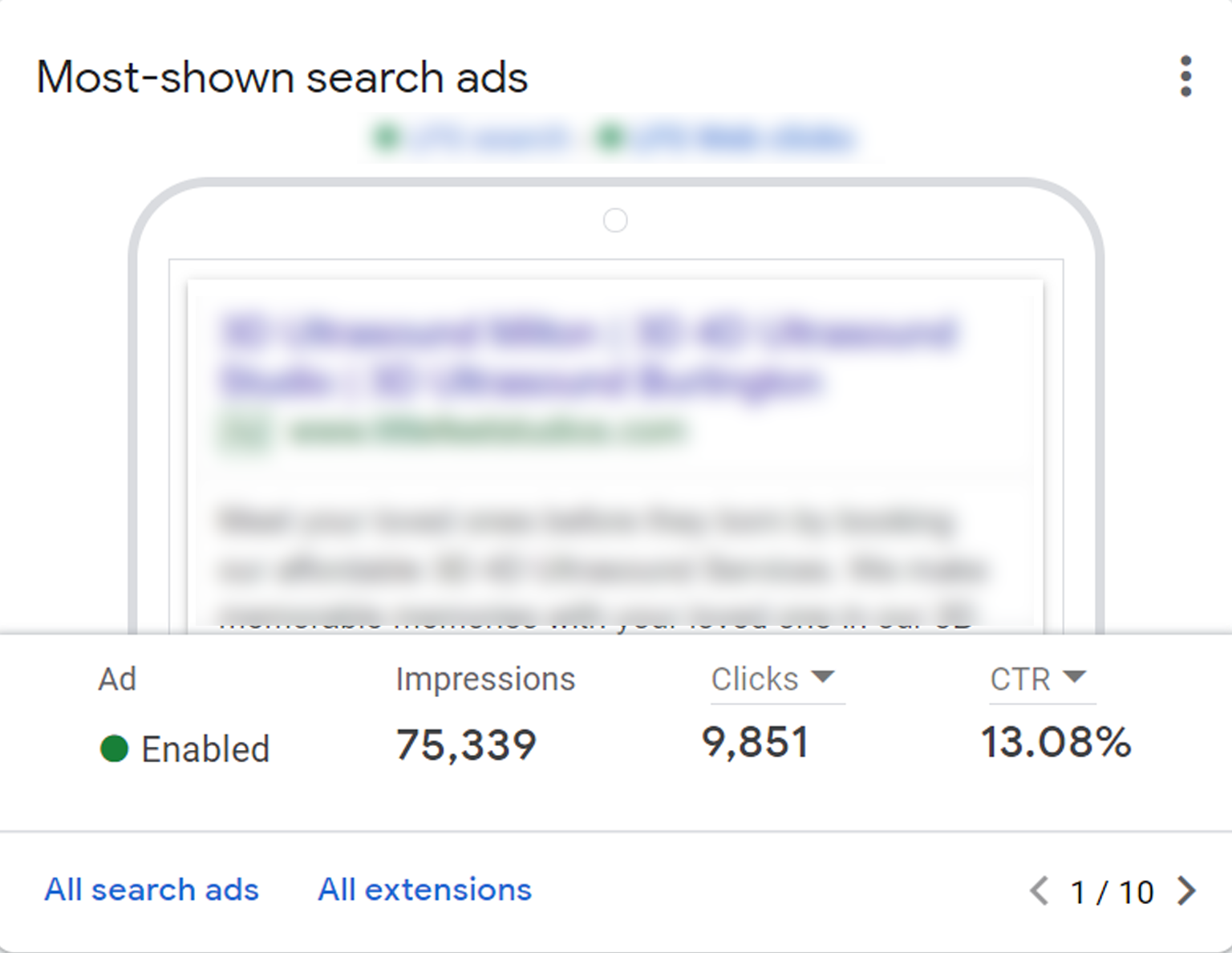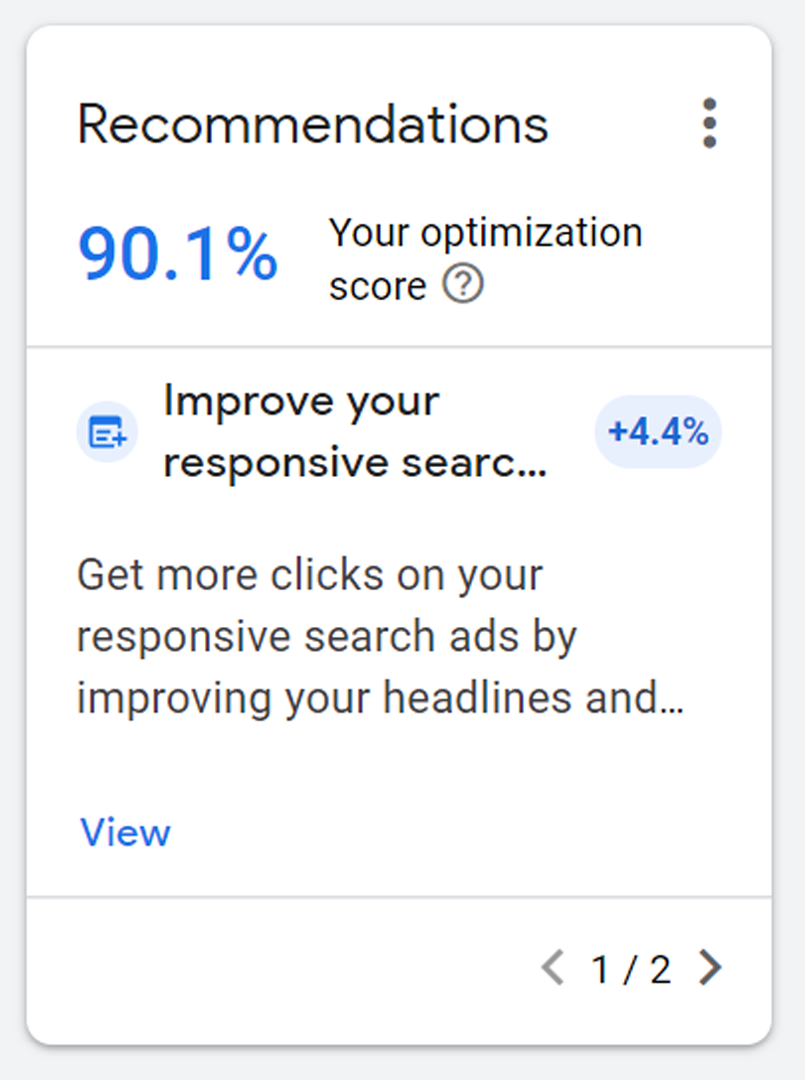The Future of Hyper-Personalized Marketing with Web3.0 in 2024 and above
The Future of Hyper-Personalized Marketing with Web3.0 in 2024 and above
Not long ago, personalization just meant changing the name on a generic leaflet and sending it to your customers or giving the same special offer to everybody in one location. Companies employ people like sales personnel, agents, advisors and other frontline employees to interact with customers. The problem was it takes for them a while to understand the customers needs and wants and by then a customer might lose an interest.
The tech environment has drastically changed the environment and world around us. Employing people 9 – 5 is way too expensive now and the level of achievement is unmeasurable and is not guaranteed. It does make sense because the digital generation wants to interact with your company through digital channels.
Well, to solve the problem, artificial intelligence (AI) and machine learning are the best solution for that.
How?
Don’t you feel good when Amazon offers a product that might be a great fit for you! or when Netflix recommends you a couple of TV shows to watch?
Reality is, these recommendations are getting better and better every second, every hour and even better than a human recommendation. Though, personalization does not end with Amazon or Netflix, but in fact it can go much further.
Using machine learning and AI, personalization can be achieved at massive scales and on different levels. Customers are seeking more personalized services and expect companies to understand not only their wants and needs, but their interests and beliefs as well.
Since the internet is now evolving to Web3.0, therefore the technologies along with the internet are changing at a rapid pace.
Question is: How can we predict and hyper-target an individual?
Hyper-personalization marketing lets you serve an audience of one person every time with the use of AI and machine learning, which means giving your customers what they want, when they want, how they want, at what place they want and so forth.
When mobile phones started becoming common all across the globe. The telecommunication and tech industries used location based targeting and other metadata to offer personalized ads to customers to entice them to shop at a neighborhood store or eat at a local restaurant.
But with hyper-personalization, you can even go way further by adding these data points in order to present an offer to a user. It could be an individual’s purchase history, time spent on the search, timing of past purchases, what was the location when the search was made, average spend, items browsed for.
On an e-commerce site, a person sometimes abandons a cart full of goods but never purchased anything. However, hyper targeting can easily be done by taking past metadata and current deals and trends to curate an enticing offer and AI helps you make sense of all that data so you can zero in on what really matters in real time.
You can even predict what customers might want and then use that information to help with forecasting offers, inventory and product development with hyper-personalized ecommerce.
What does hyper-personalized business services and customer support will look like in near furture?
Becoming a hyper-personalized business with next-gen personalized marketing, you’re giving people exactly what they exactly want, when they want it, so you sell more than before. In addition, you can meet your customers on the channel of their choice ready with help and support when they need it.
Similarly, customer support will become hyper-customer support, since now you can identify issues immediately and deal with them before little problems become massive ones. That’s what we call a hyper-personalized customer experience, whatever the product is, whatever the service is, it’s all about making your customers feel special.
There is a lot that we can talk about but we hope this notion will help you understand the potential behind Hyper-Personalized Marketing.
Copyright © Shardia Solutions




